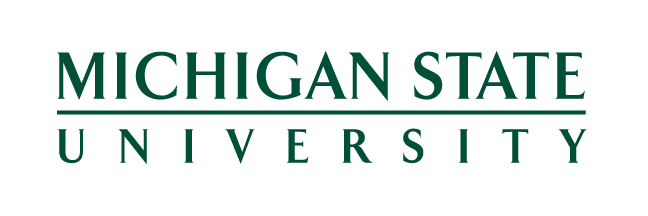
Melissa Lovitz
Tara Kilbride
Meg Turner
Katharine Strunk
A Policy Brief from EPIC
How did Michigan school districts plan to educate students during COVID-19?
An analysis of district Continuity of Learning plans
July 2020
In this brief, we report our findings from EPIC’s analysis of every Michigan school district’s Continuity of Learning (COL) plan authored in the spring of 2020 just as schools transitioned away from face-to-face instruction into distance learning. This brief provides insights about how districts initially planned to provide instruction during the pandemic, how they monitored student learning, and what services and supports they provided to students overall and for special populations.
KEY FINDINGS INCLUDE:
- School boards, district and school administrators, and teachers were active in drafting Continuity of Learning plans. Various support staff, parents, and students had less involvement.
- Community broadband access matters in districts’ plans to provide virtual instruction and additional access to technology and connectivity.
- Districts intended for teachers to have frequent contact with and provide feedback to students even when school buildings were closed.
- Districts’ plans for providing student instruction and weekly instructional time suggest less direct engagement than occurs in a typical school day.
- Districts were flexible with their final grading policies for students.
- District plans specified accommodations for special populations of students, but the kinds of modifications varied by district type.
- A quarter of districts planned to offer teachers professional development to help them prepare for distance education.
- Districts planned to reassign staff to address students’ specific needs during the pandemic.
- The majority of district plans specified resources for students’ mental health and nutrition needs.



